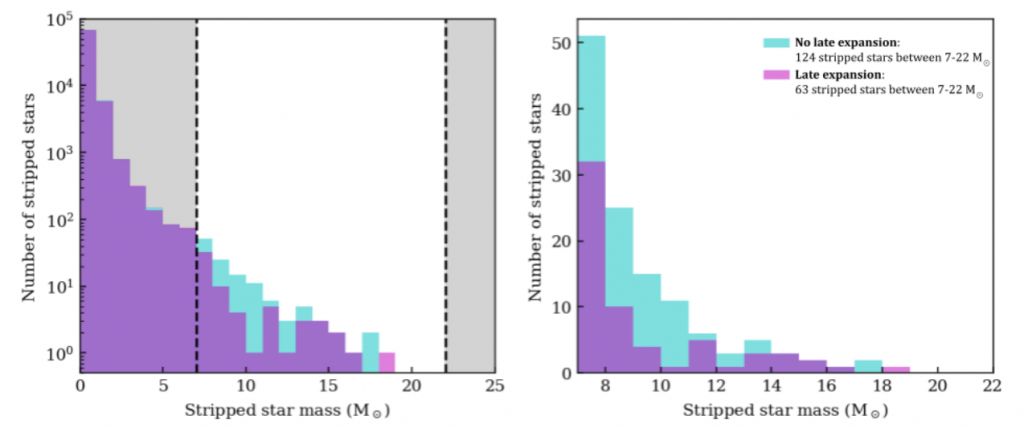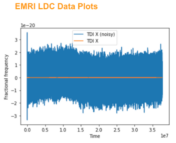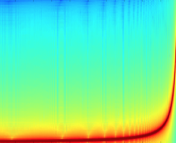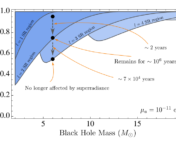The Undergraduate Research series is where we feature the research that you’re doing. If you are an undergraduate that took part in an REU or similar astro research project and would like to share this on Astrobites, please check out our submission page for more details. We would also love to hear about your more general research experience!
Beryl Hovis-Afflerbach
Caltech
Beryl Hovis-Afflerbach is an undergraduate studying astrophysics at Caltech. She completed this research as part of the Carnegie Astrophysics Summer Student Internship (CASSI) Program at Carnegie Observatories under the supervision of Dr. Ylva Götberg and presented these results in the poster session at AAS237.
Gravitational waves (ripples in the fabric of spacetime) from binary black hole (BBH) mergers have almost only been detected at the very high mass end, likely because lower mass mergers have weaker signals. But what if there is another reason – that lower-mass mergers are actually less common?
Radial stellar expansion, which occurs throughout a massive star’s lifetime, is thought to be crucial for a BBH merger. During expansion, the outer layers of a star can be stripped off by a binary companion star, leaving the hot helium core exposed – a stripped star. If the envelope-stripping becomes unstable, the companion is engulfed in the envelope and the stars spiral so close that they ultimately coalesce in a gravitational wave event.
However, in low-metallicity environments, where there are few elements other than hydrogen and helium, expansion is predicted to occur very late in a star’s lifetime. This could directly impact future envelope stripping and eventual BBH coalescence, as well as leave a gap in the mass distribution of stripped stars. Using the stellar evolution code MESA and a binary stellar population synthesis code, we model the mass distribution of stripped stars in the Small Magellanic Cloud (see figure below), a nearby satellite galaxy with metallicity similar to that of environments in which BBHs are thought to form. We expect a drop in the number of stripped stars with masses above 7 M☉ due to the late expansion of their progenitors, creating a gap between binary-stripped stars and Wolf-Rayet stars (high mass stars which have been stripped by their own strong stellar winds).
If true, this could impact the black hole mass distribution as well – a distribution that will be revealed in the coming years.

Astrobite edited by: Haley Wahl
Featured image credit: Northwestern Visualization / Carl Rodriguez




